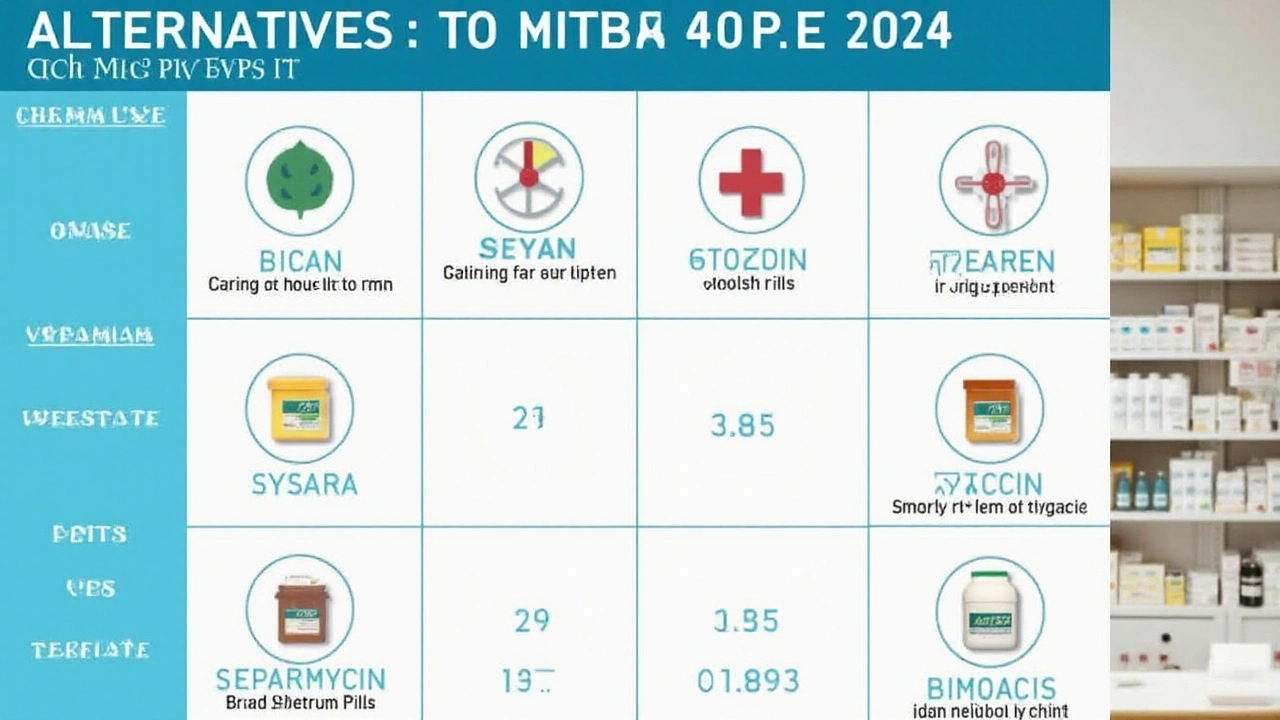Minocin is a brand name for minocycline — a tetracycline antibiotic you’ll see prescribed for acne and several bacterial infections. It can work well when bacteria are the cause, but like all antibiotics it comes with trade-offs. This page gives clear, practical facts so you know what to expect and what to ask your prescriber.
Minocycline stops bacteria from making proteins they need to grow. Doctors commonly prescribe it for moderate to severe acne and for certain respiratory, skin, and soft-tissue infections. It’s sometimes chosen when other antibiotics don’t work or when a patient needs oral treatment instead of an injection.
Typical adult dosing varies by condition. Doctors often use total daily doses between 50–200 mg. For acne you might see 100 mg once daily or 50–100 mg twice daily. For other infections the dose and length depend on severity. Always follow the exact dose and duration your clinician gives you — don’t guess or shorten the course.
Common side effects include stomach upset, diarrhea, dizziness, and increased sensitivity to sunlight. Some people notice a short-term feeling of vertigo or lightheadedness — that’s a known effect for minocycline. Serious problems are rare but real: allergic reactions, severe liver issues, and a rare condition that raises pressure in the skull. If you develop rash, yellowing skin or eyes, severe belly pain, or severe diarrhea, call your provider right away.
Minocycline can stain developing teeth and affect bone growth, so it’s not used in pregnancy or in children under about 8 years old. It also binds to minerals — so antacids, calcium, iron supplements, and some dairy products can reduce how much drug your body absorbs. Take the medication a couple hours before or after those products unless your doctor says otherwise.
Also tell your prescriber about other medicines you take. Minocycline can interact with blood thinners and some other drugs, changing their effects. Avoid excessive sun and use sunscreen while on treatment. Store the pills at room temperature, away from moisture and direct light.
Buying Minocin: you need a prescription. Be cautious with online sellers — choose pharmacies that require a prescription, display contact info, and have clear reviews or accreditation. If a deal looks too good or the seller asks you to skip a prescription, walk away.
Questions to ask your prescriber: Is this the best antibiotic for my infection? How long should I take it? What side effects should I expect? Can I take my vitamins or antacids with it? Keep answers short and practical so you can follow them at home.
Scroll down to see posts tagged “Minocin” for related articles, safety tips, and drug comparisons on Healthful-Pills.com.

Explore five alternatives to Vibramycin in 2024, offering diverse options for treating various bacterial infections. From acne-specific treatments like Seysara to more broad-spectrum options like Minocin and Tygacil, find what suits your medical needs best. Each alternative has unique advantages and disadvantages worth considering for personalized treatment plans. This guide offers a detailed comparison of the options available today.